
 Data Structure
Data Structure Networking
Networking RDBMS
RDBMS Operating System
Operating System Java
Java MS Excel
MS Excel iOS
iOS HTML
HTML CSS
CSS Android
Android Python
Python C Programming
C Programming C++
C++ C#
C# MongoDB
MongoDB MySQL
MySQL Javascript
Javascript PHP
PHP
- Selected Reading
- UPSC IAS Exams Notes
- Developer's Best Practices
- Questions and Answers
- Effective Resume Writing
- HR Interview Questions
- Computer Glossary
- Who is Who
How to add Flash content within a webpage in HTML?
Introduction
In this article, we will show you how to add Flash content within a webpage using HTML. Flash content is a type of multimedia that can be used to add interactive elements such as videos, games, and animations to a webpage.
However, Flash is now considered outdated technology and not recommended to use in modern web development due to security and accessibility concerns. It is recommended to use other technologies like HTML5, CSS, and JavaScript for adding multimedia content to web pages
Approaches
The approaches that we will be discussing to implement this are as follows ?
Using the <object> tag
Using the <embed> tag
Approach 1: Using the <object> tag
This method involves using the <object> tag to embed Flash content within an HTML webpage. The <object> tag allows you to specify the source of the Flash content and provide fallback content for browsers that do not support Flash.
Example
Step 1 ? Create an HTML document (index.html) with the following code ?
<!DOCTYPE html>
<html>
<head>
<title>Flash Content</title>
</head>
<body>
<object data="flash.swf" width="500" height="300">
<param name="movie" value="flash.swf">
<p>Your browser does not support Flash.</p>
</object>
</body>
</html>
This code creates a <object> tag with the source of the Flash content set to "flash.swf" and dimensions of 500x300 pixels. It also includes a <param> tag that specifies the source of the Flash content for browsers that support it. The fallback content is provided in the form of a paragraph that states that the browser does not support Flash.
Step 2 ? Add Flash Content
To add Flash content, you will need to create an SWF file. This can be done using Adobe Flash or other Flash development tools.
Here, for demonstration purposes, we will be converting a png to swf using an online tool ?
Go to a royalty-free website like unsplash.com.
Pick and download the image of your choice.
Navigate to png to swf image convertor tool.
Click on file and upload the input file ?
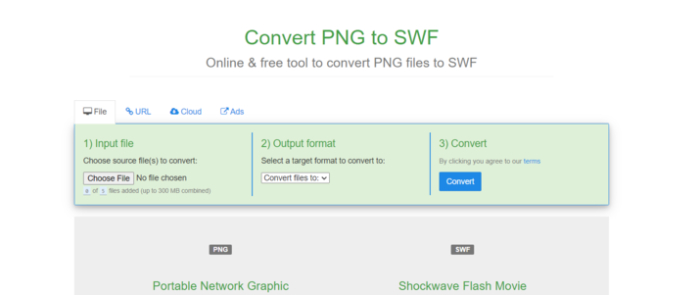
Select the output format as swf ?
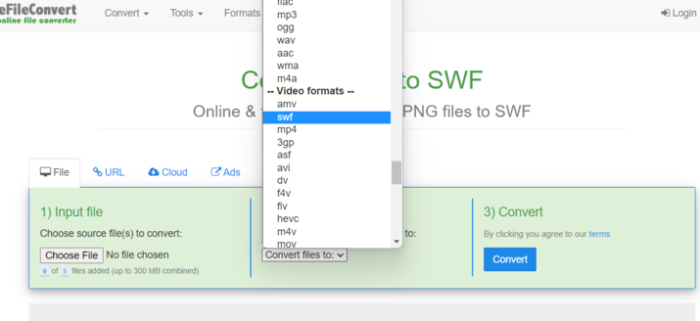
Click on convert.
After the conversion is done, click on download ?
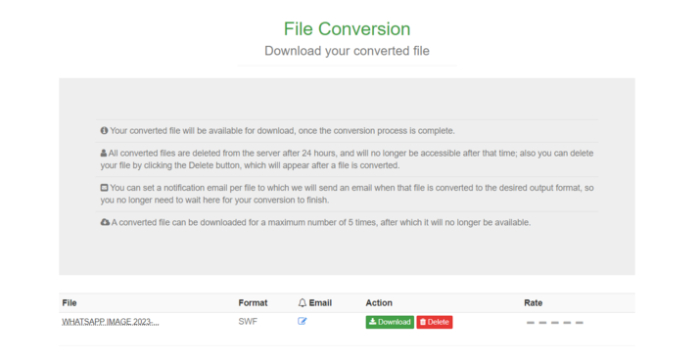
Once you have created the SWF file, you can upload it to your web server and reference it in the <object> tag as mentioned in the previous step.
The output will display the flash content on the webpage if the browser supports it, otherwise, it will display the fallback content "Your browser does not support Flash."
This output will be same throughout the latest versions of Google Chrome, Microsoft Edge and Opera.
Approach 2: Using the <embed> tag
This method is similar to the <object> tag method, but uses the <embed> tag instead. The <embed> tag is supported by most browsers and allows you to embed Flash content directly within an HTML webpage.
Example
Step 1 ? Create an HTML document (index.html) with the following code ?
<!DOCTYPE html> <html> <head> <title>Flash Content</title> </head> <body> <embed src="flash.swf" width="500" height="300"> <p>Your browser does not support Flash.</p> </body> </html>
This code creates a <embed> tag with the source of the Flash content set to "flash.swf" and dimensions of 500x300 pixels. The fallback content is provided in the form of a paragraph that states that the browser does not support Flash.
Step 2 ? Add Flash Content
To add Flash content, you will need to create an SWF file. This can be done using Adobe Flash or other Flash development tools.
Here, for demonstration purposes, we will be converting a png to swf using an online tool ?
Go to a royalty-free website like unsplash.com.
Pick and download the image of your choice.
Navigate to png to swf image convertor tool.
Click on file and upload the input file ?
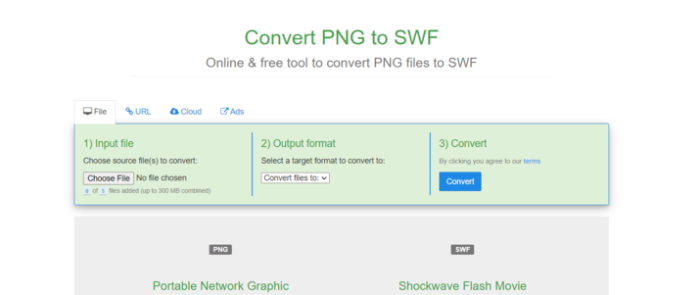
Select the output format as swf ?
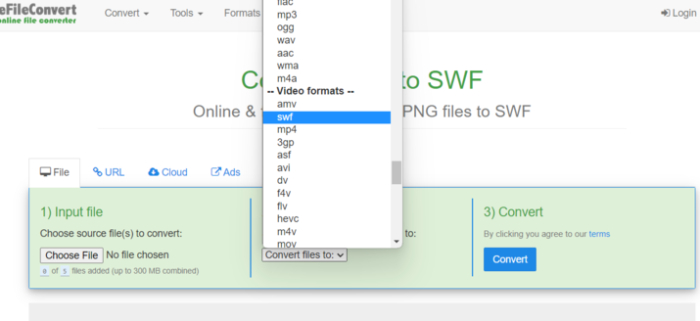
Click on convert.
After the conversion is done, click on download ?
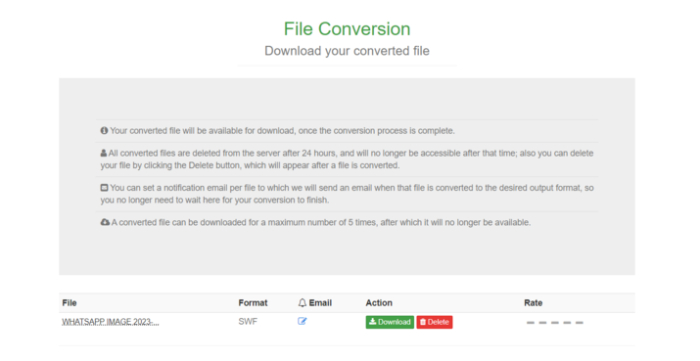
Once you have created the SWF file, you can upload it to your web server and reference it in the <embed> tag as mentioned in the previous step.
The output will display the flash content on the webpage if the browser supports it, otherwise, it will display the fallback content "Your browser does not support Flash."
This output will be the same throughout the latest versions of Google Chrome, Microsoft Edge, and Opera.
Conclusion
In this article, we have shown you two methods for adding Flash content within a webpage using HTML. While the <object> and <embed> tags are commonly used to embed Flash content, it is important to note that Flash is now considered outdated technology and not recommended to use in modern web development due to security and accessibility concerns.
It is recommended to use other technologies like HTML5, CSS, and JavaScript for adding multimedia content to web pages.

